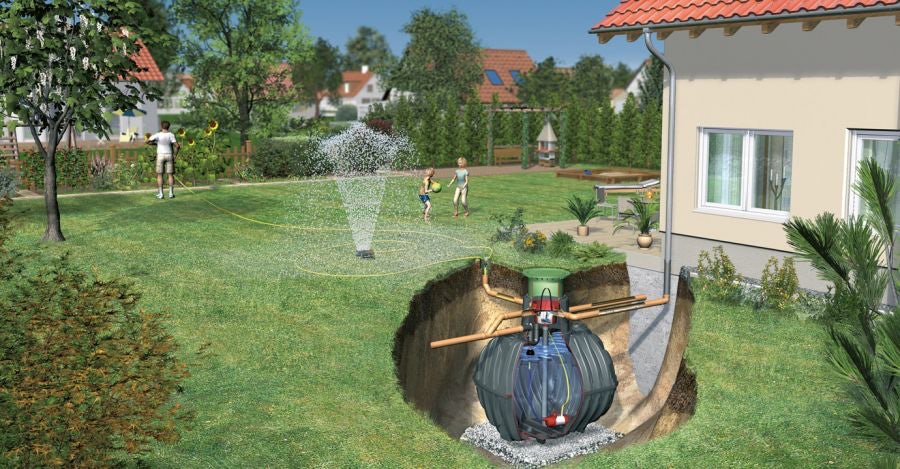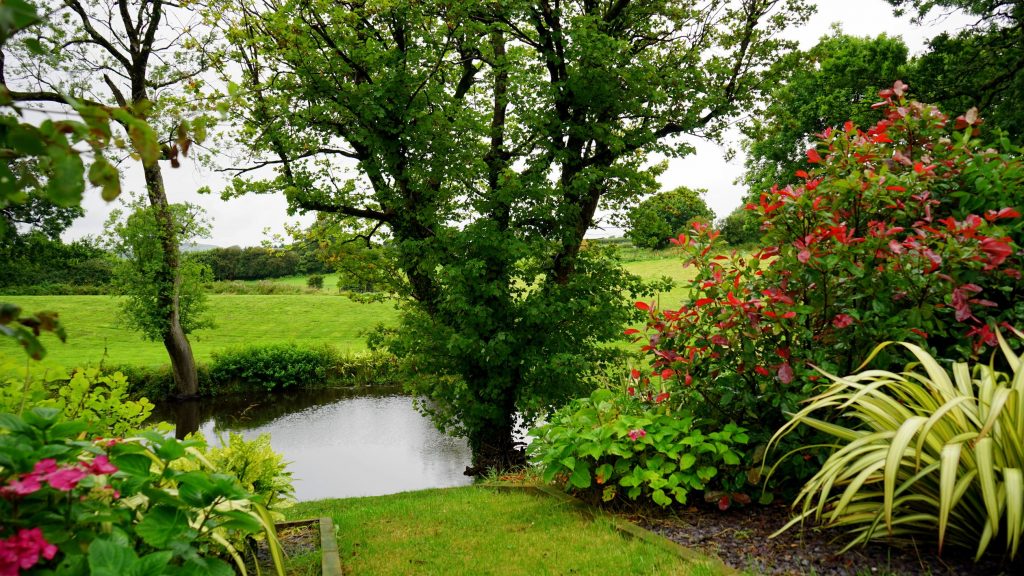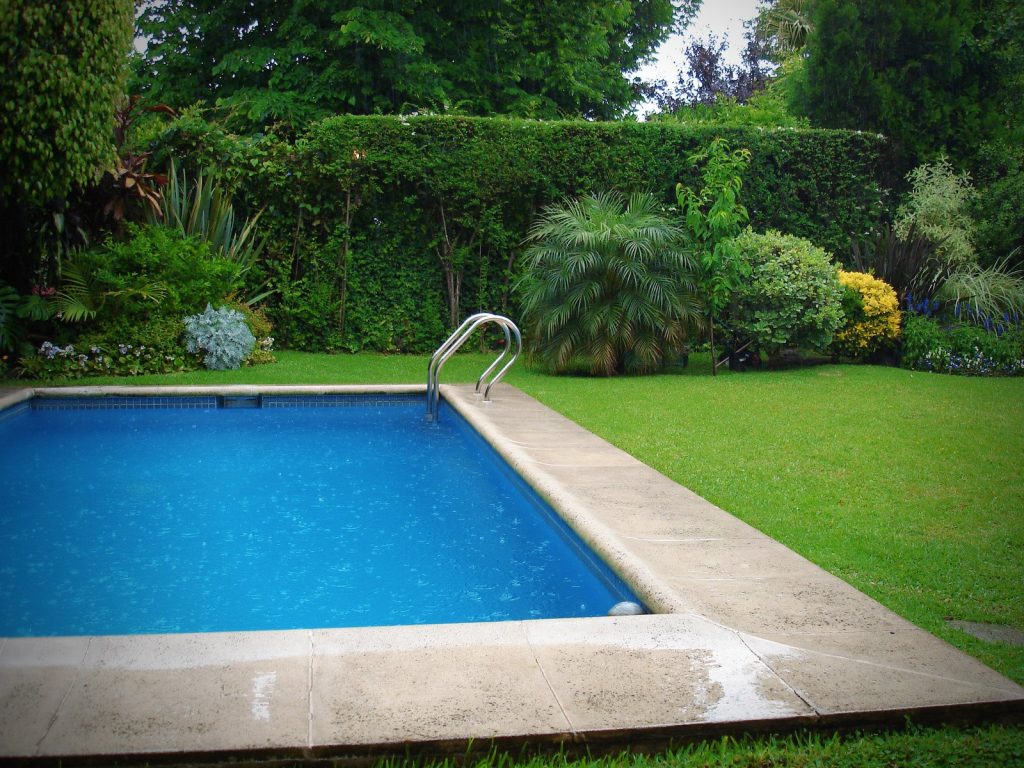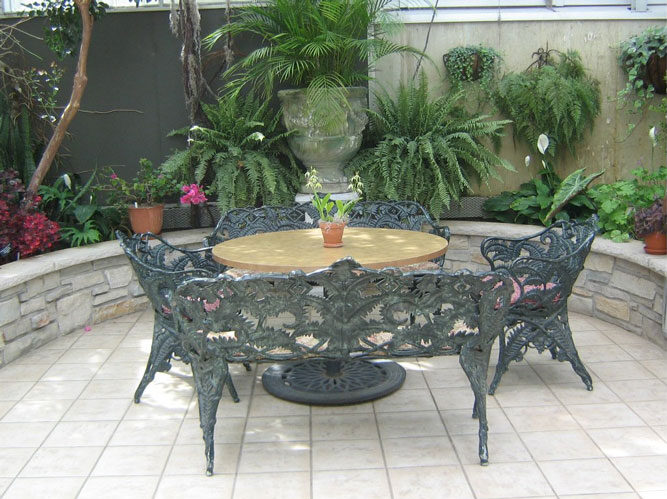Garden drainage can be a sore subject for some homeowners and landlords during the colder, wetter months. A common reason for this is cold weather solidifies mud and rain comes down far too often.
Cold and wet weather isn’t preventable. It’s also not the only factor that contributes to poor garden drainage. For example, a free-flowing downpipe can pour collected rainwater onto the ground. As a result, the ground is even wetter and potentially becomes waterlogged.
A water-logged garden is a garden that you can’t really use. So there are simple steps you can take to improve garden drainage and reduce the impact on your home life. The damage that a water-logged garden can do may surprise you. Especially when the water threatens to enter the property or seeps down to the foundations.
You can treat rotting timber, uneven patio slabs, and unusable garden space all for low-cost.
Table of contents
- How do I know I need to improve garden drainage?
- So, what causes garden drainage issues?
- What else do I need to remember about garden drainage?
How do I know I need to improve garden drainage?
First, look at what’s causing the garden drainage problems.
You can’t always identify garden drainage issues by large puddles of water or sunken grass. If your grass squelches or oozes water when you step on it, this can be evidence too.
What garden drainage tests can be done?
If you’re unsure if your garden is suffering through a particularly rainy season, there is a way to confirm this. Dig a 60cm deep hole in the middle of the garden. Fill it with water and return after four hours. If it’s not drained, we suggest your garden drainage needs improvement.
So, what causes garden drainage issues?
Several common problems are worth investigating and making a note of before deciding on a solution. Some common problems have easy, inexpensive fixes, whilst some have more complex fixes that might need a professional.
So, here are our tips for how to improve drainage in garden areas.
Problem: The garden is in an unfavourable position on a hill or in a valley
Is your garden at the bottom of a large hill? Does it sit in the trough of a valley?
If so, in theory, if the ground is hard, frozen or clay, all the rainwater logging your neighbour’s garden will eventually make its way to you.
This means your ground has more water than normal to contend with, making drainage an issue.
Solution: Invest in a garden drainage system
You can’t move your garden to a better position, but you can improve garden drainage. How? By having a drainage system installed professionally.
You could take this on as a DIY project. However, it’s fraught with methods and areas where you could make the problem worse. You can risk breaking the law, too.
Installing an attenuation system, or a soakaway system in certain soils. This could solve the problem.
Problem: Incorrectly installed water features
You might think it sounds silly, but it can be a huge issue.
For example, if you install a swimming pool incorrectly. Poor installation can lead to an unbelievable amount of water flooding land.
Just because it’s in someone else’s garden doesn’t mean the water will stay there. Double-check your own installations and feel free to ask around the street too.
Solution: Check for leaks and put them right
You must correct any incorrectly installed garden furniture or design features. This can stop them from causing garden drainage problems. Including leaking ponds, leaking pools and uneven patio slabs.
Problem: Uneven surfaces like patio slabs
Uneven surfaces like a poorly laid patio will cause water to flow in essentially the ‘wrong’ direction. This can cause little pools to build up in troughs between slabs.
Solution: Take up the surface and install it again
A patio drainage problem isn’t easy to deal with and, unfortunately, the only fix for a poorly laid surface is to take it up and start again.
If the same person installed your patio and your driveway, for example, it’s worth assessing them both simultaneously.
Problem: Disconnected guttering and downpipes
Sounds obvious right? Well, it’s more common than you think.
Many domestic properties install their guttering the right way. Then leave their downpipe to spout water into their garden. Heavy rainfall then increases water flow massively. So any rain that goes onto the roof of your home will pour out onto one patch of the garden.
Solution: Downpipe-to-drain connector
If your downpipe or downpipes are flowing rainwater into your garden, connect your downpipe to your channel drainage. This could ease your problems very quickly.
ACO, for example, has a HexDrain downpipe to channel drain connector.
Alternatively, invest in a rainwater harvesting system if there’s a lot of excess water. This excess water can be recycled, and put back into your home, lowering bills.

Problem: There is clay soil
Clay soil doesn’t drain water easily so even a mild dose of rain can spell trouble for these types of gardens.
While there’s nothing homeowners can do to change the type of soil, there are several drainage systems available for clay soil garden drainage.
Solution: Professionally-installed drainage system
The only solution to clay soil is to install a drainage system which stores the water or directs it away from the soil.
A soakaway system, in this instance, will never work, though. This is because it will eventually become clogged, too, as clay is too densely packed to allow water to drain.
Water attenuation that diverts water into a nearby watercourse or sewer is your best bet. Check with the council, though, as some areas, as mentioned before, prohibit this option.
What else do I need to remember about garden drainage?
Before installing a drainage system as a solution to garden drainage issues, contact your local authority first. This is to ensure there are no unknown issues or water-based problems you’ll need to contend with.
For example, some areas prohibit the use of soakaway systems because the area has water protection. So you’re not allowed to pump rainwater into sewer systems.
It’s always worth checking to avoid a hefty fine and having to undo the work!


















